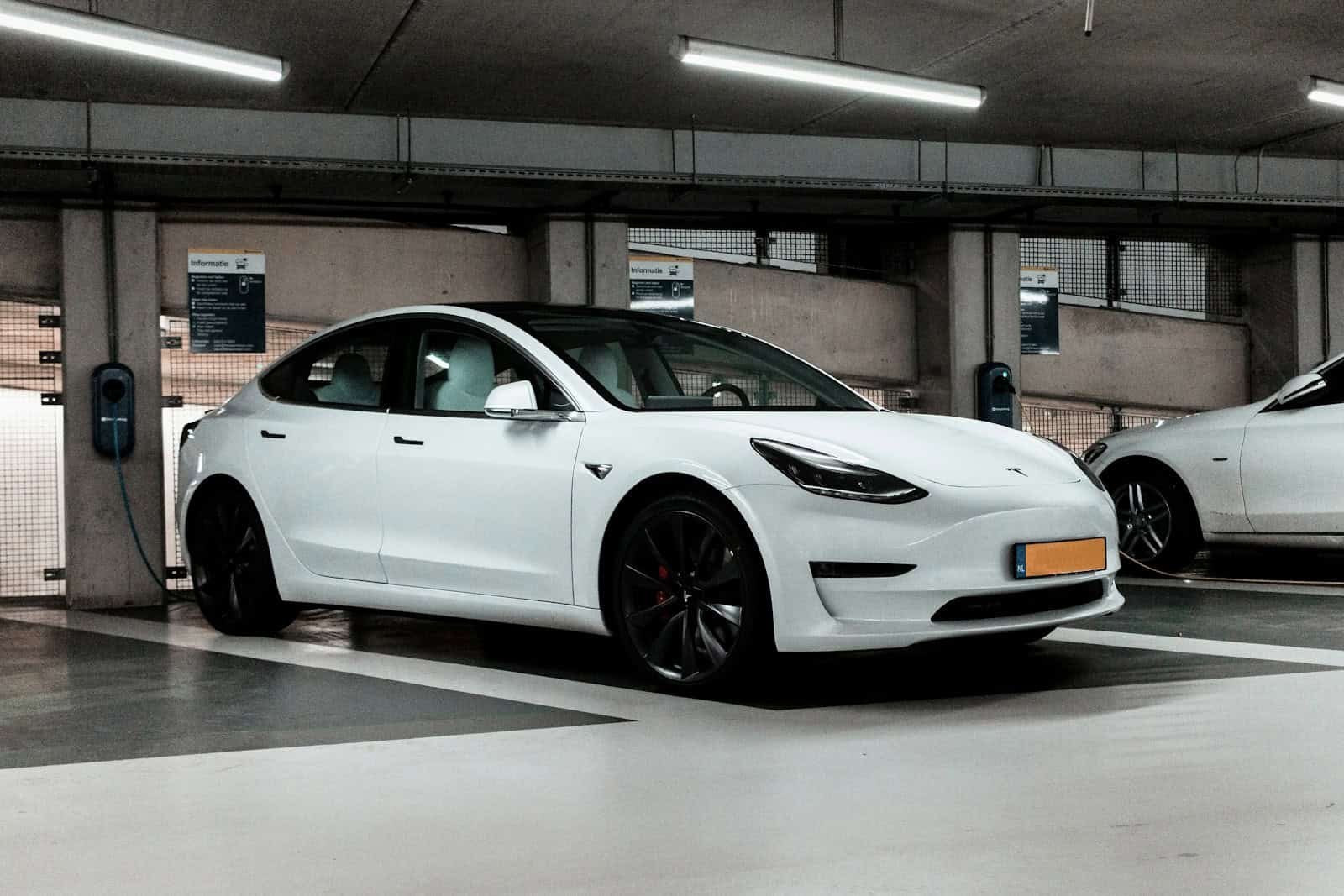Electric vehicles (EVs) have surged in popularity, promising an eco-friendly alternative to conventional cars. With battery life being a major consideration for potential buyers, the question of whether EVs lose charge while parked is a point of interest. Just like smartphones and laptops, EV batteries exhibit gradual charge loss even when not in active use; however, the rate of this loss is generally slow and not a cause for alarm.
Owners should be aware that various factors can affect the parked vehicle’s battery drain, such as temperature, the vehicle’s energy management system, and battery health. It’s reassuring to note that modern EVs are designed to minimize this drain, ensuring that parked vehicles retain most of their charge over time. Manufacturers often provide guidelines to maintain battery charge levels between 20% and 80% to uphold battery health, further reducing the likelihood of significant charge depletion during periods of inactivity.
Parked EVs and Power Drain: The Facts
Electric vehicles (EVs) aren’t immune to the laws of physics and battery chemistry. So, yes, they do lose some charge when parked. However, the amount is often less than you might expect. Here’s what you need to know:
Why EVs Lose Charge When Parked
- Parasitic Draw: Even when turned off, EVs still have systems running in the background. These systems consume small amounts of power, leading to gradual battery drain. Some examples include security systems, telematics (data communication), and battery management systems.
- Self-Discharge: The chemical reaction inside the battery isn’t perfectly efficient. Even without any usage, the battery naturally loses a small amount of charge over time.
Factors Affecting Charge Loss
The rate of battery drain when parked varies depending on several factors:
| Factor | Impact |
|---|---|
| Temperature | Extreme temperatures (hot or cold) can accelerate battery discharge. |
| Time | The longer the car sits unused, the more charge it will lose. |
| Battery Health | Older or degraded batteries tend to self-discharge faster. |
| Active Systems | Features like preconditioning or “sentry mode” consume more power than the basics. |
How Much Charge is Lost?
- Normal Conditions: In moderate temperatures and with minimal active systems, most EVs lose only a few percent of their charge per month.
- Extreme Conditions: Hot weather or running power-hungry features can increase drain to 1% or more per day.
Minimizing Charge Loss While Parked
You can take steps to reduce the drain on your EV’s battery:
- Turn Off Unnecessary Features: Disable features like preconditioning, sentry mode, or remote connectivity when not needed.
- Park in a Moderate Climate: Avoid extreme temperatures whenever possible. If not possible, use your car’s thermal management system to maintain battery temperature.
- Keep the Battery Charged: Aim for a charge level between 20% and 80% before long-term storage.
Remember, the impact of parasitic draw and self-discharge is relatively minor over short periods. Don’t stress over losing a few miles of range overnight. However, if you plan to leave your EV parked for extended durations, it’s wise to be mindful of these factors and take steps to minimize battery drain.
Key Takeaways
- EVs experience a slow battery charge loss when parked.
- Battery health and vehicle systems influence the rate of charge loss.
- Maintaining a suggested charge level can minimize battery depletion.
Understanding EV Battery Characteristics
Electric vehicle batteries are complex yet crucial for performance. This section explains how battery chemistry and health, temperature effects, and charge maintenance impact an electric car’s battery life.
Battery Chemistry and Health
An electric vehicle’s battery health depends on its chemistry. Most electric cars use lithium-ion batteries. These are known for high energy density and long life span. However, like all batteries, they can lose capacity over time. This process is gradual and can be affected by how the battery is used and charged. For example, keeping a lithium-ion battery charged to 100% all the time can shorten its life.
Temperature Effects on Battery Charge
Temperature plays a significant role in an electric car’s battery performance. Extreme cold or heat can reduce a battery’s ability to hold a charge. In cold weather, batteries may need to power a heating system to maintain their performance. In hot climates, a cooling system works to prevent overheating. Both scenarios draw power from the battery, even when the vehicle is not in use.
EV Battery Capacity and Charge Maintenance
Electric vehicles are designed to keep their batteries within a certain charge level to maintain battery health. It is often recommended not to let the battery fall below 20% or exceed 80% charge for extended periods. Letting a battery drain completely can cause irreparable damage, while high states of charge can stress the battery. Thus, managing battery charge levels is critical for preserving an EV battery’s lifespan and capacity.
Factors Contributing to Charge Loss While Parked
Electric vehicles (EVs) experience battery charge loss even when parked. Various factors influence this, including parasitic drain from vehicle systems, the ageing of the vehicle and its battery, and the user’s charging behavior.
Parasitic Drain and Power-Saving Features
Parasitic Drain: An EV’s battery drains slightly due to the electric system’s ongoing power demands. Even when the car is off, features like the battery management system, which monitors battery health, and sentry mode, which keeps security systems active, draw power. This is often called vampire drain.
Electric System Needs: The car’s 12V battery, which powers essential functions such as the clock, radio presets, and alarm systems, continually uses a small amount of electricity from the main battery.
Power-Saving Features: Manufacturers design electric cars with systems that minimize battery loss. Scheduled charging and battery monitoring reduce the risk of both over-charging and over-discharging.
Impact of Vehicle and Battery Age
Age of Battery: Over time, the capacity of an EV’s battery to hold charge decreases. Consumers can expect a slight loss of range each year due to battery ageing.
Vehicle Age: Older electric vehicles may have less efficient battery management systems, leading to increased rates of self-discharge when parked.
Influence of Charging Patterns and Behavior
Charging Behavior: An EV owner’s practices could sway the rate at which a parked car loses charge. Avoiding leaving an EV at both extremely high or low battery charge levels can prevent excessive power loss.
Charging Patterns: Establishing a routine for battery charging can ensure better battery life and reduce loss of charge when the vehicle is idle.
Weather also plays a role; batteries can drain faster in extreme temperatures. Owners should follow manufacturer guidelines to help keep their EV’s battery charge more steady when the car is not in use.







